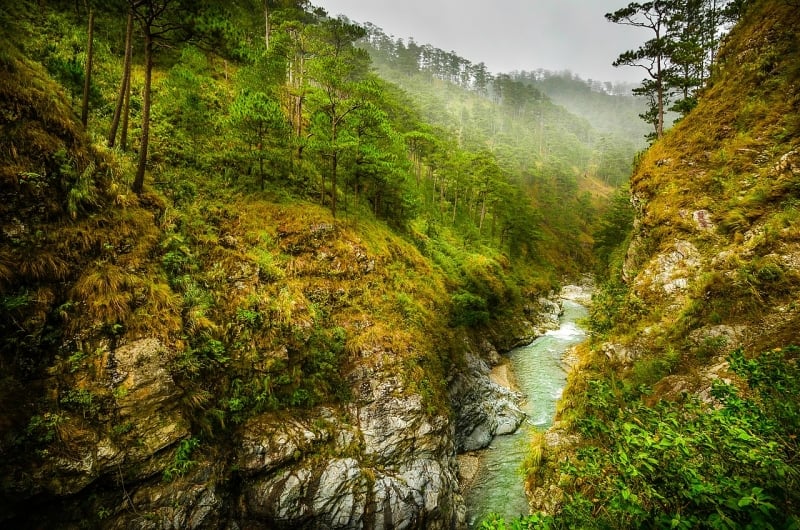Introduction
The Kalinga people, renowned as “the strong people of the Cordilleras,” boast a rich tapestry of traditions and values that define their unique society. Embedded within their cultural fabric is an unwavering reverence for family and kinship. Within Kalinga society, the household, extended kinship circles, and territorial regions serve as pivotal units, fostering a profound sense of community and belonging.
In historical narratives, the Kalingas earned reverence and influence through various skills, notably through the practice of headhunting. This ancient practice, though intimidating to outsiders, signified prowess and contributed to their status. It's no surprise that the term Kalinga itself, originating from the Gaddang and Ibanag languages, translates to “headhunter.” So sit tight and hear the tale.......
Early History
Spanish Era
The structure of local government did not change during the Spanish era of domination because it was not carried out by appointed officials. But in the late 19th century, spurred by Spanish efforts, there was a significant turning point that led to better commerce and friendly relations between the groups of Tinguian, Kalinga, and Ilocano. Paths cut to strengthen military outposts had two purposes: they promoted trade and harmony along these routes, lessened long-standing interregional conflict, gave rise to peace treaties, and promoted intergroup marriages.
Enter the turbulent Revolution of 1896, which shook the hilly region like a tremor. Rising in spontaneous retaliation against Spanish garrisons, the inhabitants of these heights initially sided with the Katipuneros. However, the revolutionary government's disregard for these highlands in favor of concentrating its power in the lowlands left a bad taste. Disillusionment increased when revolutionary troops behaved in a way that paralleled the brutality of Spanish forces.
The consequences? social and economic desolation. Neglected roads and trails severed trade, triggering a resurgence of headhunting, internal tribal strife, and a demise of agrarian pursuits. As the Catholic missions receded, Christianized natives reverted to their primal religious practices, signifying a tumultuous era where hope collided with bitter realities.
American Colonialism
The Americans took a subtler approach to colonial rule, permitting the mountain peoples to maintain their tribal customs and governance. A distinct form of governance was established for the northern Luzon mountain region, per the directives of US President William McKinley relayed to the Philippine Commission in 1900. Dean C. Worcester, overseeing all non-Christian tribes except Muslims, spearheaded this initiative. The Bureau of Non-Christian Tribes, later absorbed into the education bureau, assumed the monumental task of assimilating the mountain populace by 1905.
The quest for law and order materialized swiftly with road and trail construction as a hallmark. Notably, the road carved into Baguio in 1905 heralded access to mountain territories for the lowlanders.
Lieutenant Governor Walter F. Hale, popularly known as "Sapao," ruled Kalinga from 1908 until 1915. Hale gained notoriety for suppressing Kalinga uprisings, reducing headhunting, and bolstering the bodong system despite his autocratic manner.
The subsequent decade prioritized education, health, and sanitation. English education was pivotal, especially for the mountain folk, with an emphasis on vocational training. Efforts to introduce modern health practices replaced traditional beliefs in bad spirits causing illness. Missionary groups, including the Roman Catholic Church and Protestant denominations, played significant roles in education and religious conversion across the Mountain Province.
Japanese Occupation
During the Japanese Occupation, the mountain tribes remained loyal to the Americans. The Kalinga served as guerrilla warriors and provided refuge for the Americans. Missionary work and education came to a standstill.
When Philippine independence was declared on 4 July 1946. Kalinga became increasingly neglected, as evidenced by the poor maintenance and declining construction of roads and trails.


Comments
Post a Comment